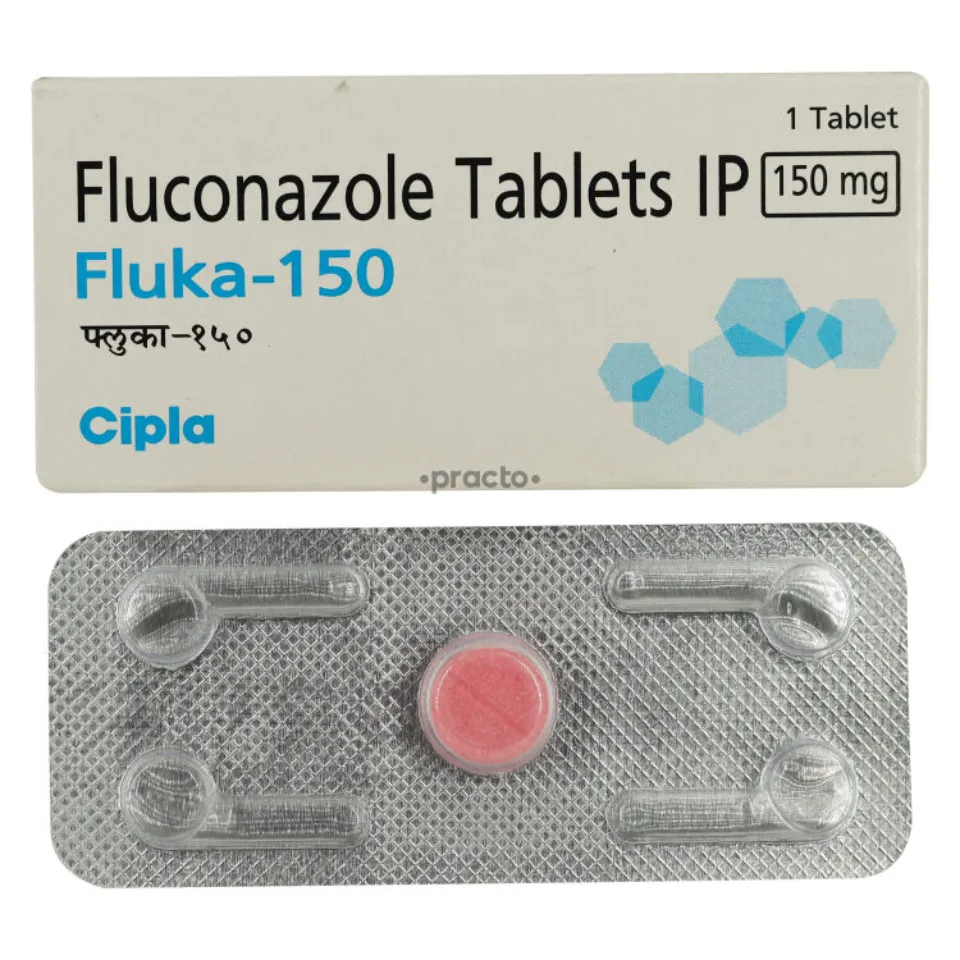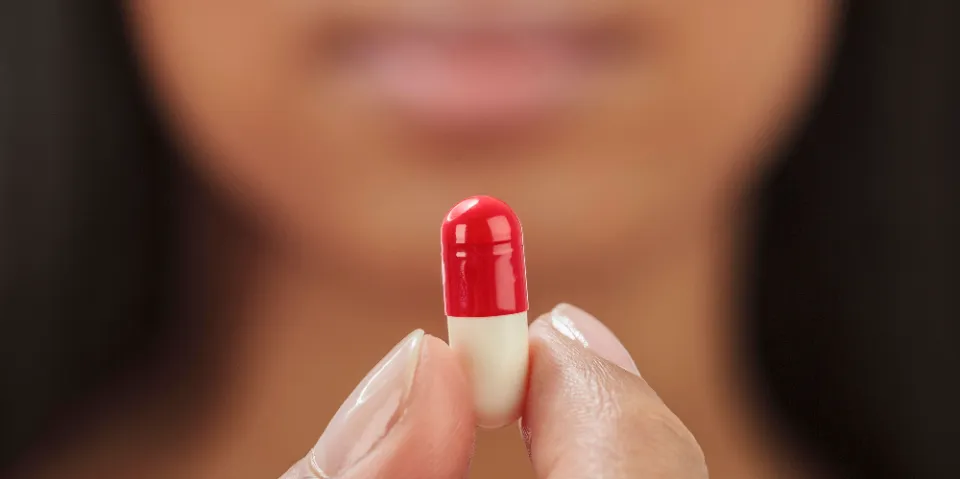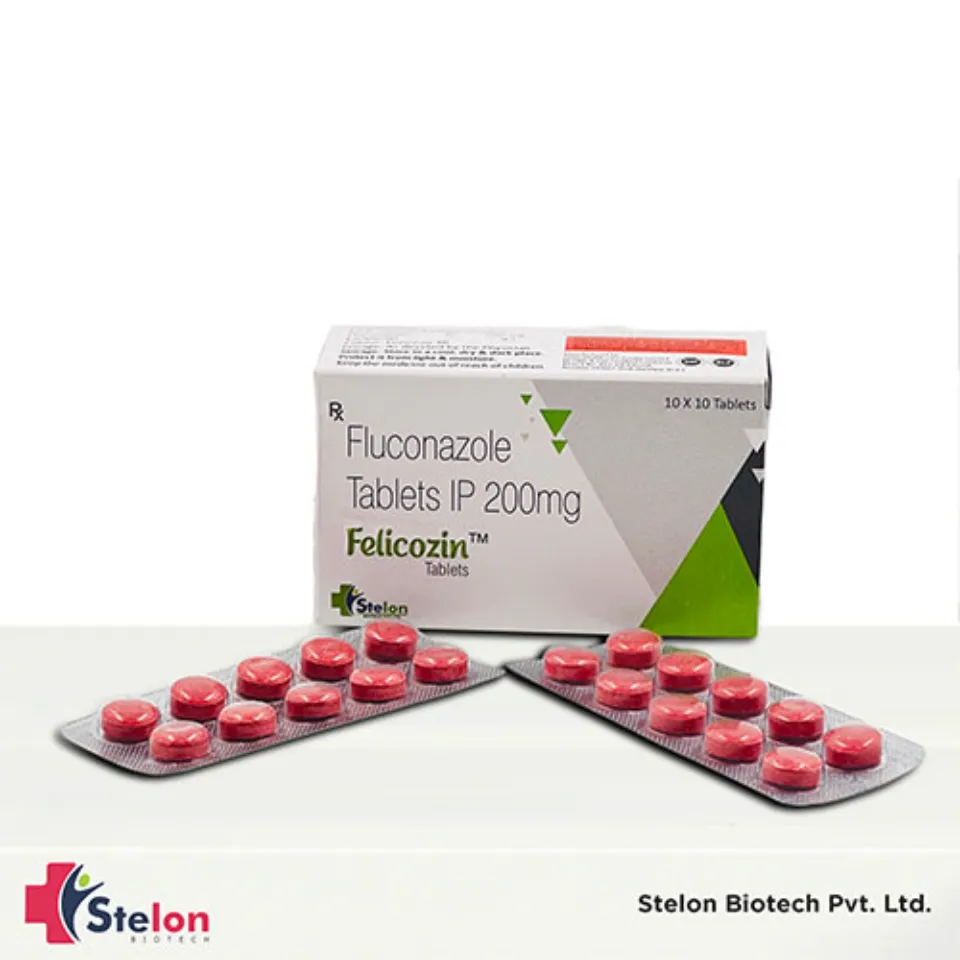Both generic and brand-name versions of the fluconazole oral tablet are offered. Fluconazole oral tablet, brand name Diflucan, is used to both prevent and treat the fungal infection known as candidiasis. Infection of the brain, spinal cord, or both, known as meningitis, is also treated with it.
Continue reading to learn more about fluconazole, including its uses and dosage instructions.
What is Fluconazole?
The antifungal drug fluconazole is widely used. Its primary application is the elimination of fungi overgrowths of particular species. Patients with yeast infections, oral thrush, or balanitis, a penile infection, are frequently prescribed it by doctors. Your doctor might advise it for specific uti types, meningitis, or other fungal infections, depending on your circumstance.
This medication is available in a variety of forms, including pills and topical creams. It is most frequently offered under the trade name Diflucan and can also be found in other name-brand drugs like Canesten. Fluconazole must be taken consistently for several days if it is prescribed to you. You may need to take it for one week to six months, depending on your health.

Fluconazole Side Effects
There are other side effects that fluconazole may have; drowsiness is not one of them.
Common Side Effects
Depending on how much of the medication you need to take, fluconazole oral tablet side effects vary in frequency. These side effects can include:
- Headache
- Diarrhea
- Nausea or upset stomach
- Dizziness
- Stomach pain
- Vomiting
- Changes in the way food tastes
- Severe rash in people with lowered immunity
These side effects could disappear in a few days or weeks if they are minor. Consult your doctor or pharmacist if they are more severe or persistent.
Serious Side Effects
If you experience severe side effects, contact your doctor right away. If you believe you are experiencing a medical emergency or your symptoms seem life-threatening, dial 911. Serious side effects and their symptoms can include the following:
- Liver damage
- Severe rash in people with AIDS or cancer
- Torsades de pointes (a life threatening heart rhythm condition)
- Adrenal gland problems
How to Take Fluconazole?
Dosage for Vaginal Candidiasis
Adult dosage (ages 18–64 years)
One 150-mg dose is the usual dosage.
Child dosage (ages 0–17 years)
It has not been approved for use in children under the age of 18 to treat vaginal candidiasis.
Senior dosage (ages 65 years and older)
Older adults’ kidneys may not function as well as they once did. Your body may process drugs more slowly as a result of this. As a result, a greater amount of the drug stays in your system for longer. Your risk of experiencing negative effects increases. Your doctor might change your dosing regimen or start you out on a lower dose. By doing this, you can prevent your body’s concentration of the drug from rising too high.

Dosage for Nonvaginal Candidiasis
Adult dosage (ages 18–64 years)
- Typical dosage: You may need to take between 50 mg and 400 mg per day, depending on the type of infection you have.
- Treatment length: Up to several weeks may pass between treatments.
Child dosage (ages 6 months through 17 years)
- Typical dosage: The dosage is based on the child’s weight and the type of infection being treated.
- Treatment length: The type of infection being treated determines the length of the course of treatment.
Child dosage (ages 0–5 months)
Infants under the age of six months should not use this medication.
Senior dosage (ages 65 years and older)
It’s possible that older adults’ kidneys don’t function as well as they once did. Your body may take longer to process drugs as a result of this. As a result, a greater amount of the drug stays in your system for longer. Your risk of experiencing negative effects increases. Your doctor might change your dosing regimen or start you out on a lower dose. This can prevent your body’s concentration of the drug from rising too high.
Dosage for Candidiasis Prevention
Adult dosage (ages 18–64 years)
- Typical dosage: 400 mg, taken once per day.
- Treatment length: An extended course of treatment is possible.
Child dosage (ages 0–17 years)
The use of this medication to prevent candidiasis in those under the age of 18 has not been authorized.
Senior dosage (ages 65 years and older)
Older adults’ kidneys may not function as well as they once did. Your body may process drugs more slowly as a result of this. The amount of drug in your system increases as a result and stays there for longer. Your risk of experiencing negative effects increases. Your physician might change the dosing schedule or start you on a lower dose. This can prevent your body’s concentration of the drug from rising too high.
Dosage for Cryptococcal Meningitis
Adult dosage (ages 18–64 years)
- Typical dosage: 400 mg on the first day. From day 2 on, the dosage is typically 200 mg to 400 mg taken once daily.
- Treatment length: After a test called a cerebrospinal fluid culture no longer shows fungi, the course of treatment usually lasts 10–12 weeks.
Child dosage (ages 6 months through 17 years)
Weight is used to determine dosage for kids.
- Typical dosage: Your child will consume 12 mg per kilogram (kg) of body weight on the first day. From day 2 forward, the dosage is typically 6 mg to 12 mg/kg taken once daily.
- Treatment length: After a test called a cerebrospinal fluid culture no longer shows fungi, the course of treatment usually lasts 10–12 weeks.
Child dosage (ages 0–5 months)
For infants under the age of six months, this medication is not advised.
Senior dosage (ages 65 years and older)
It’s possible that older adults’ kidneys don’t function as well as they once did. Your body may process drugs more slowly as a result of this. In turn, more of the drug stays in your system for a longer period of time. This increases the possibility of adverse effects. Your physician might change the dosing schedule or start you on a lower dose. This can prevent an excessive buildup of this drug in your body.
Special Dosage Considerations
For people with kidney disease: It is possible to lower your fluconazole dosage if you have kidney disease and are required to take more than one dose. Based on your kidney function, your doctor may prescribe a first dose of 50 mg to 400 mg, followed by follow-up doses that range between that amount and half.
Disclaimer: Our objective is to give you the most up-to-date and pertinent information possible. We can’t guarantee that this list contains all possible dosages because drugs have different effects on different people. This information is not intended to replace professional medical advice. The best dosages for you should always be discussed with your doctor or pharmacist.
How Long Does Fluconazole Stay in Your System?
Drug withdrawal times differ significantly from person to person.
Since the kidneys are responsible for the majority of the drug’s elimination, having healthy kidneys is crucial for determining how long fluconazole stays in your system.
Fluconazole has a half-life of 20 to 50 hours if kidney function is normal, with 30 hours being the average.
After roughly 5.5 half-lives, a medication is deemed to have left the body.
The typical time for fluconazole to be eliminated from the body of a healthy adult is 165 hours, or just under 7 days, if we use the typical fluconazole half-life (30 hours).
For this reason, treating a yeast infection with just one fluconazole tablet is often possible. Its half-life in the body is extremely long.
Although fluconazole frequently starts working within a day, it can take up to three days for your symptoms to get better and up to seven days for them to go away.
Summary
If you are nursing, pregnant, or intend to become pregnant, fluconazole might not be the best choice for you. Immediately after taking it orally, fluconazole reaches its peak levels. On the other hand, infection-related symptoms might take longer to subside. Due to the long half-life of fluconazole, most infections can be treated with a single dose or once daily.
FAQs
Is One Pill of Fluconazole Enough?
Yes, one pill should be sufficient for the day.
What Does Fluconazole Do Inside Your Body System?
A medication called fluconazole is used to treat fungal infections. In order to kill fungi, it prevents their ability to reproduce.



